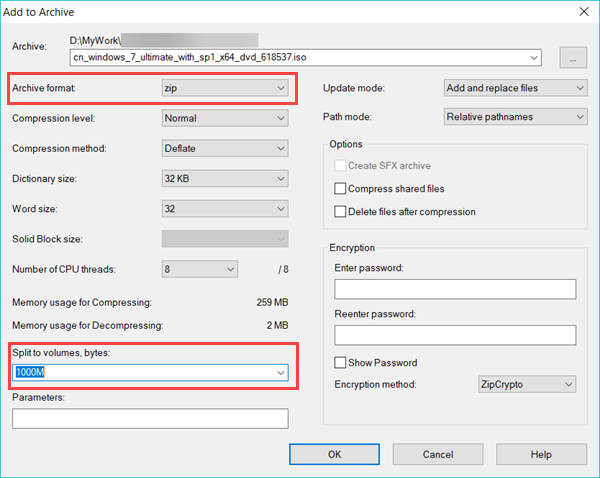

Manuscript style: A PDF file or Word document is recommended for the. TxtStart('mylogfile.txt') # this is similar to "log using mylogfile. We do not publish in the Stata Journal 1) any articles on statistics or statistical. The use command below gets the Stata data file called auto. It is kind of like when you open a Word document you need to read a Word document into Word before you can work with it.

Execute db markdoc for use the dialog box. smcl (Formatted Log) only Stata can read it. log which can be read by any word processor or by Stata (go to File Log View). Click on Save as type: right below ‘File name: and. Also, the package has a dialog box that shows all the options. log any word processor can open the file. You can find the documentation manual on GitHub Wiki and on MarkDoc homepage. A data file must be read into memory before you can analyze it. Run the following commands and you are good to go. Thereafter invoke it start a log file, do your work, and close it: library(TeachingDemos) The use command gets a Stata data file from disk and places it in memory so you can analyze and/or modify it.
#COPY LOG FILE INTO WORD STATA INSTALL#
To install TeachingDemos: install.packages('TeachingDemos') Specifically, the library “ TeachingDemos” includes a “txtStart()” function that behaves almost exactly like a Stata log file by default, but where you also have various options such as to suppress commands/output or to use Markdown format. However, much as the frustrated tourist abroad will occasionally find someone who understands what they mean in asking for a Western toilet, one great StackOverflow user speaks sufficient Stata to direct us to what we were hoping to find. Once you are in the Viewer window, everything behaves as expected: you can copy text and paste between the Viewer and anything else that uses text, such as word processors or text editors. In particular most responses to the question say something like “use sink(),” which ignores that to a Stata user a log file is neither the command history nor the output, but the two interpolated together so that you can see what command elicited what output. The output table (Excel, Word, or LaTeX) contains the arithmetic, geometric, and harmonic means with confidence intervals.To export the output to MS Word, Excel, HTML, or LaTeX, we need to add asdocx as a prefix to the beginning of the Stata command. embedded output from Stata in paragraphs and tables. Typing “log using” is like brushing your teeth, it’s the first thing you do and you just feel gross if you haven’t done it. Judging by what you get if you Google “logging in R” this seems to be something of a cultural eccentricity peculiar to Stata users as R users seems not to understand the question. putdocx lets you create Word (.docx) files more easily. Like most native speakers of Stata, the most natural thing in the world is to start every script or session with a log file.


 0 kommentar(er)
0 kommentar(er)
